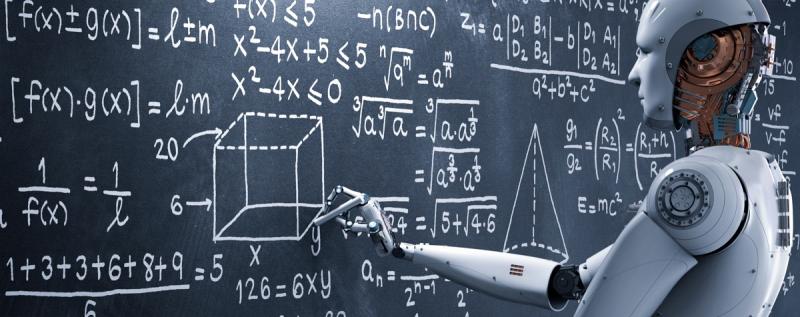
IEC: recent improvements toward the AI Standardisation
IEC Standards pave the way of the Artificial Intelligence
The term AI (Artificial Intelligence) is mainly referred to machines that are capable to replicate cognitive functions such as learning and problem-solving. It's a wide concept that encompasses ideas ranging from human-alike robots to voice assistants for smart phones or similar devices.
The Joint Technical Committee of IEC and ISO on information technology (ISO/IEC JTC 1) and several of its subcommittees (SCs) prepare International Standards which contribute towards artificial intelligence. Given the rapid developments in AI across many industries, a new SC on artificial intelligence, ISO/IEC JTC 1/SC 42, was set up in 2017 with the mandate of providing standardization in the area of AI as well as guidance to other committees developing AI applications.
AI depends on the gathering, analysis and sharing of great volumes of data which are exchanged between applications as well as with external service providers. This makes it equally possible for an assistant-enabled device to turn on the oven or for a manufacturer to improve the safety features on its cars. ISO/IEC JTC 1/SC 41 develops International Standards for the internet of things (IoT), making connectivity possible, while ISO/IEC JTC 1/SC 38 addresses the standardization of cloud computing for the storage and retrieval of data.
In addition, AI technologies rely upon IEC Standards for hardware components such as touchscreens (IEC TC 110) and audio, video and multimedia systems and equipment (IEC TC 100).
Data protection and security: how to keep AI safe
While the introduction of new AI technologies has generated much excitement, it also raises concerns over data protection and security. The ubiquity of connected devices that are able to communicate with each other increases the number of gateways that can potentially be used to breach a system, whether at home, in a company or in a car. Cyber attacks can have nefarious consequences, causing production losses in a factory or a house robbery.
Data protection is becoming increasingly important as connected devices collect vast amounts of information about their users on a daily basis. Within a home, these devices can store details such as favourite songs and television shows, but also the times of day when the home is empty. This raises considerable concerns regarding privacy that will need to be resolved.
International Standards are fundamental tools to ensure the necessary degree of information security and data protection against a cyber attack. ISO/IEC JTC 1/SC 27, IT security techniques, has developed the ISO/IEC 27000 family of International Standards for information security management systems (ISMS) to enable organizations to keep their data assets secure. In addition, the IEC has developed industry-specific Standards to help secure critical data. (For an instance, IEC TC 62 provides Standards concerning the electrical equipment, electrical systems and software used in healthcare)
Future steps of AI
It is still unclear how deeply AI is going to affect our lives in the foreseeable future. Despite it seems we are still many years away from machines that are as smart as – or even smarter than – the human mind, technical advances are moving forward rapidly. The IEC continues to follow the latest advances closely and develop the relevant International Standards.
